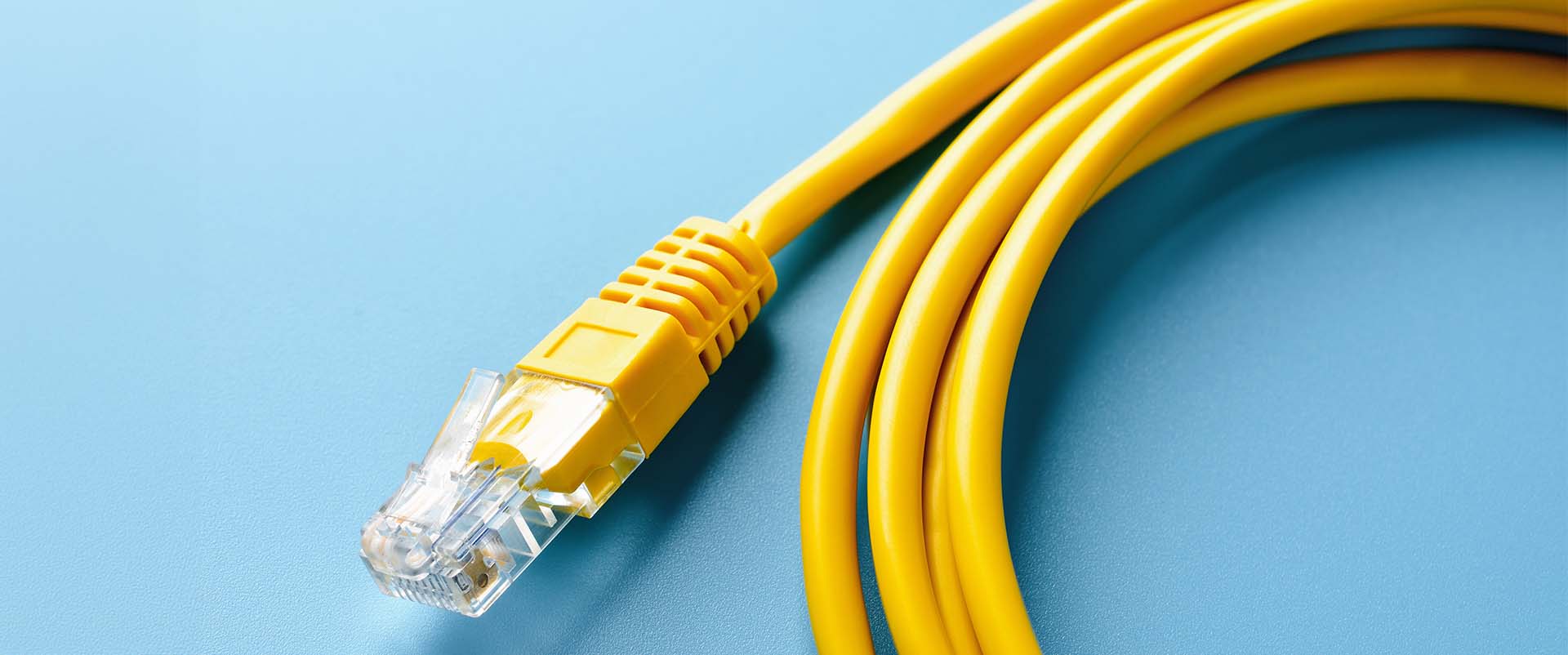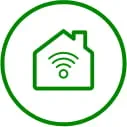With storms blowing through the Northwest and natural disasters raging in other parts of the country, preparing your home for a potential power outage is critical. If you’ve lost power lately, you might have realized how much you’ve come to rely on electronic appliances and devices.
While power outages are disruptive, there is some good news: fiber internet stays up even when other forms of communication go down.
But you need to keep it working with a backup power source. Let’s talk about how to stay online when the rest of your life is offline.
How fiber internet stays online during a power outage
A fiber-optic network does not require electricity anywhere in the field to operate, unlike many forms of traditional cable internet which relies on electricity in remote locations to function.
Fiber infrastructure is backed up by giant diesel generators, so if something happens at the network level (in a building called the CO, or central office), backup power kicks in and the connection stays humming.
Read more: Fiber internet can weather the storm
You might be thinking: isn’t my internet connection connected to a power source?
And the answer is yes. Your router and ONT (the fiber version of a modem) are plugged into an electrical outlet. This is where backup power comes in.
How does backup power keep a fiber-optic internet connection online?
When a recent storm knocked out Steve Thatcher’s power for five days, he was prepared.
Steve, a Ziply Fiber customer in Washington, had his ONT and router plugged into an uninterruptable power supply (UPS), so when the lights went out, the internet stayed on.
Before getting a UPS, Steve and his wife would go to a restaurant and check for outage updates from here. During a storm, cell service can also get knocked out. This causes cell traffic to divert to another nearby cell tower, which can cause overwhelm and failure.
"Our energy company said, check the website for updates,” he said. “That doesn’t help when I can’t get access to it. It’s a little silly.”
Steve now has several Cyber Power brand UPS systems. They are small and come in handy for computers, freezers and hot water heaters, and they’re smaller and less intimidating than a generator. Steve could access the internet and check in on the customers who come to his website, where he sells homemade 3D printed parts for homemade rockets.
Because Ziply Fiber’s network was up, connecting to the internet wasn’t a problem. Other internet service providers were down for the full length of the power outage because of their reliance on electricity.
Important considerations about backup power
Steve’s Cyber Power UPS units are small and mobile, so he could move them around to power up other devices as needed. But as small, battery-powered systems, they don’t have the juice to power up the whole house.
“You can use a UPS for low-power devices,” Steve says. He plugged his Ethernet cable into his computer to get full Gig speed, which didn’t use a lot of power. Still, he recommends “judicious use of resources.” The UPS got him through the entire five-day outage.
For more intense power use, a generator may be the way to go. These run at a higher price point and come in different capacities depending on what level of power you want — and how comfortable you are with hooking them up.
And while a robust backup system can restore your power, remember that if your internet network runs on electricity in the field, and that electricity is out, then your internet is not going to work even if you have power in the home.
Backup power is critical for disaster preparedness
Securing your home with the right backup power for your needs, and pairing that with fiber connectivity, should leave you prepared for an outage that takes out other lines of communication. Backup power can keep you warm and your food fresh — and it can keep you in communication with critical services as well as family, friends and important services, like healthcare providers.
Losing power for five days left Steve thinking about all the ways homes could be optimized for power backup. “I’m still waiting for high efficiency solar cells to be produced,” he says. “I need to be able to survive through stuff.”
For now, his small UPS systems are enough to get online as needed. For others, having access to power and communication could be life or death.
“Some people need emergency backup for medical purposes,” Steve said. “That’s the reality.”






